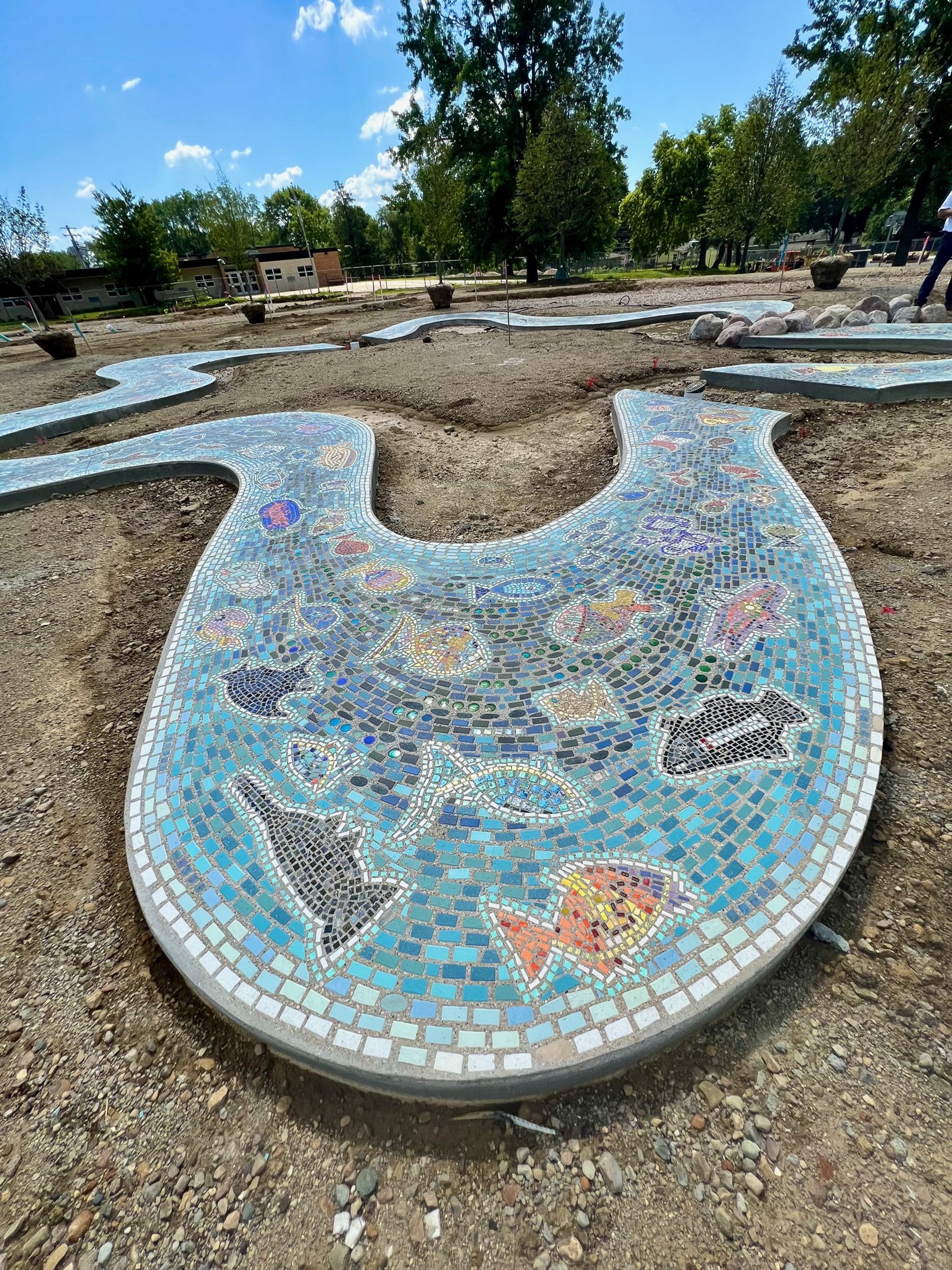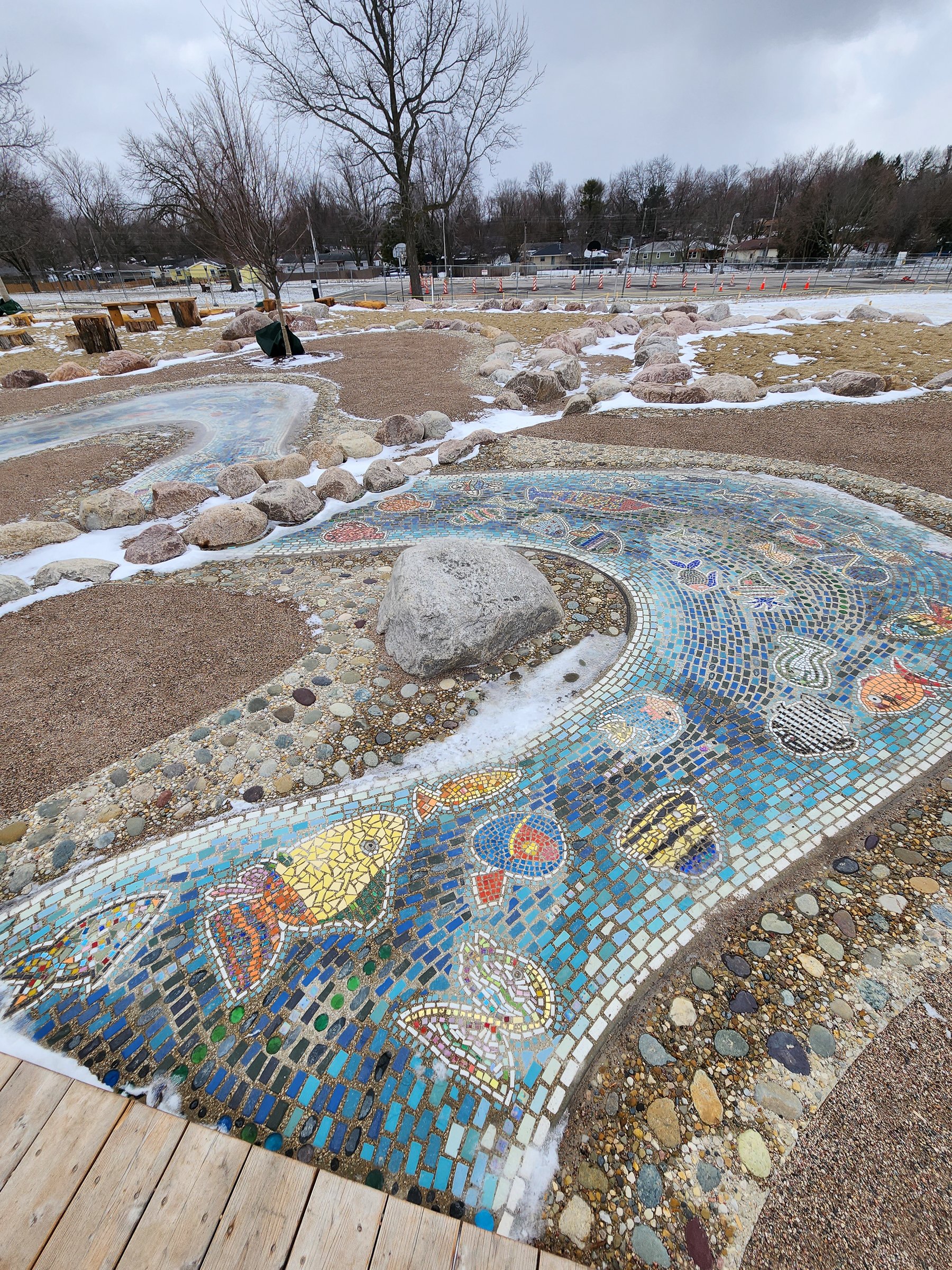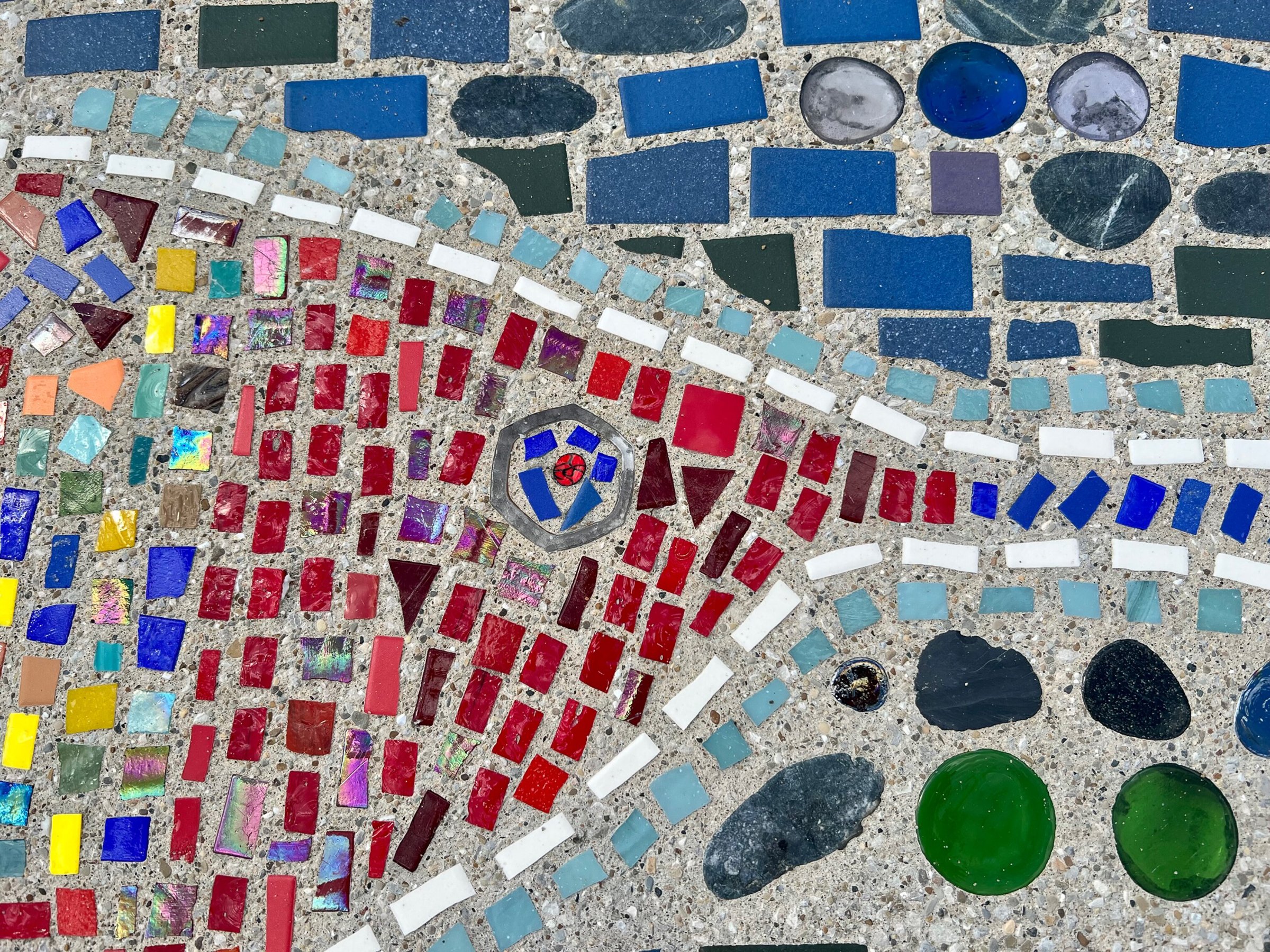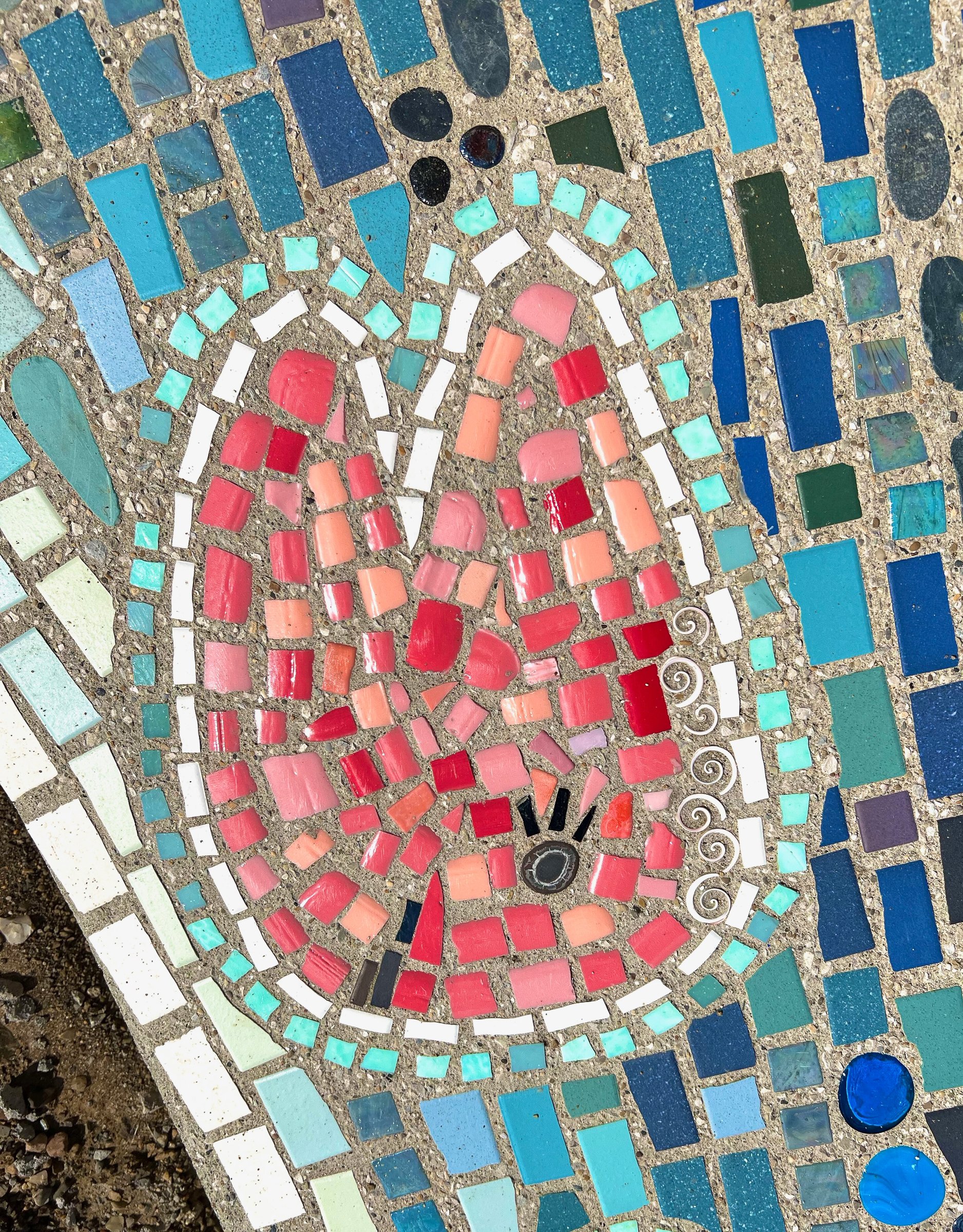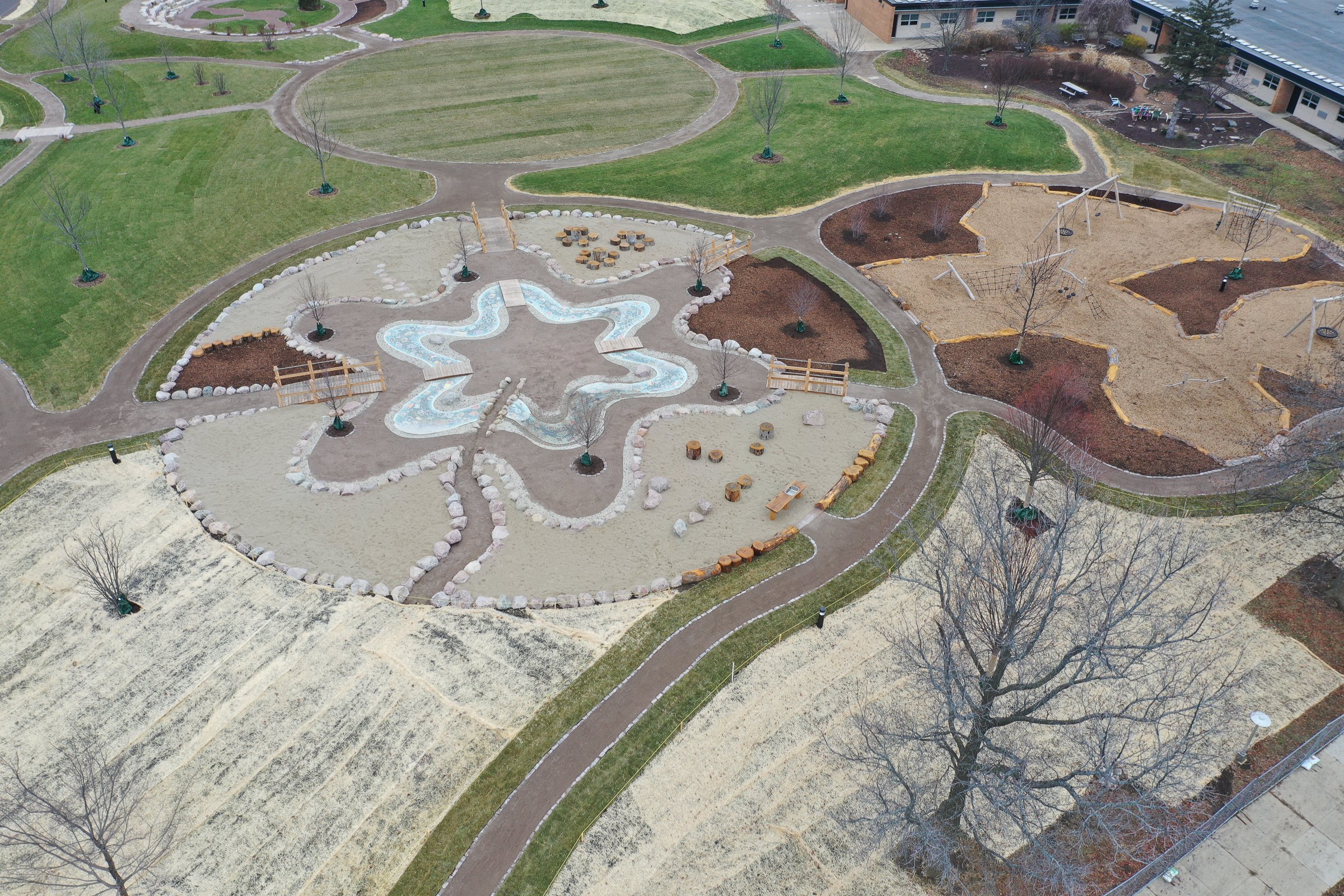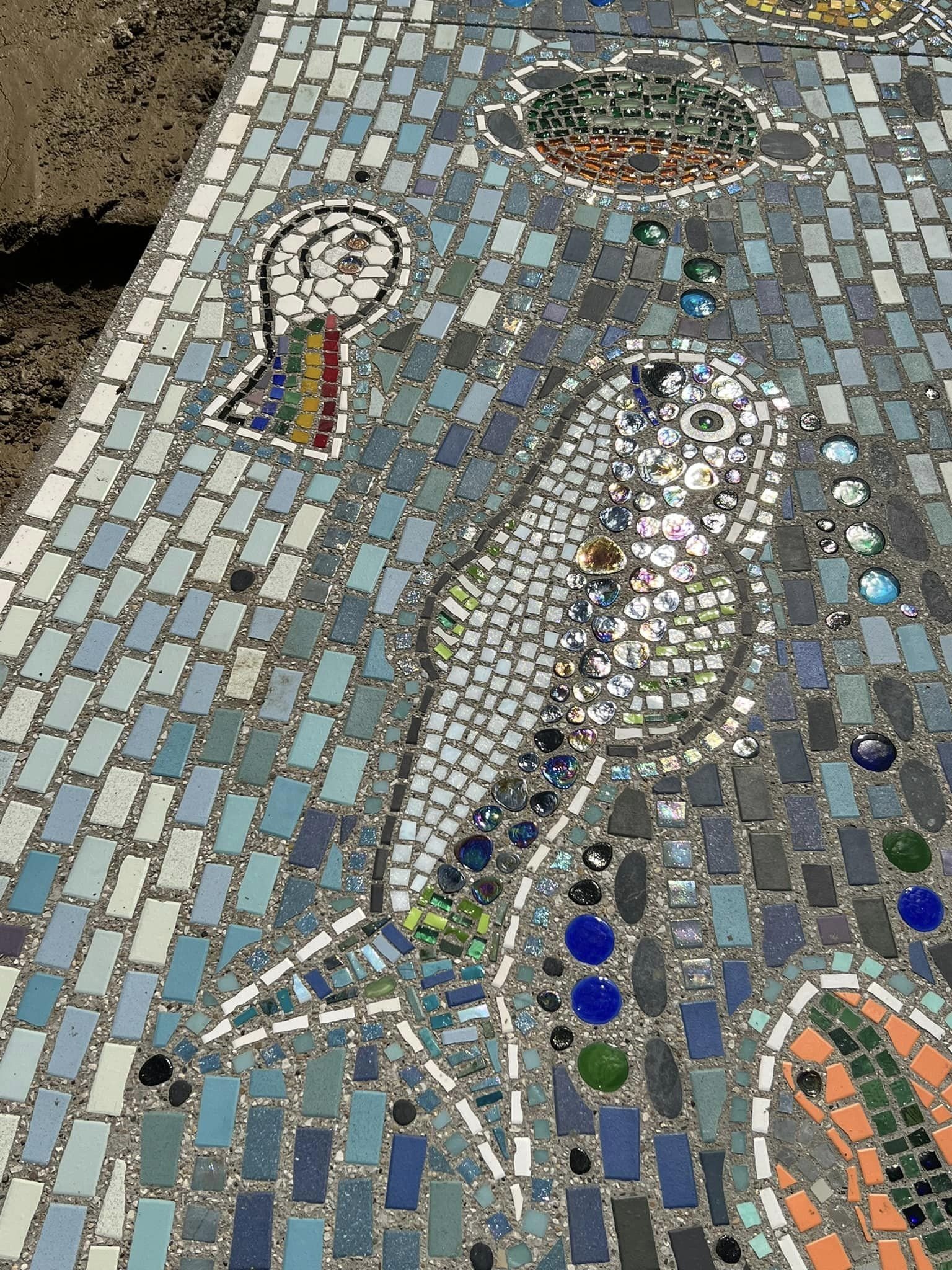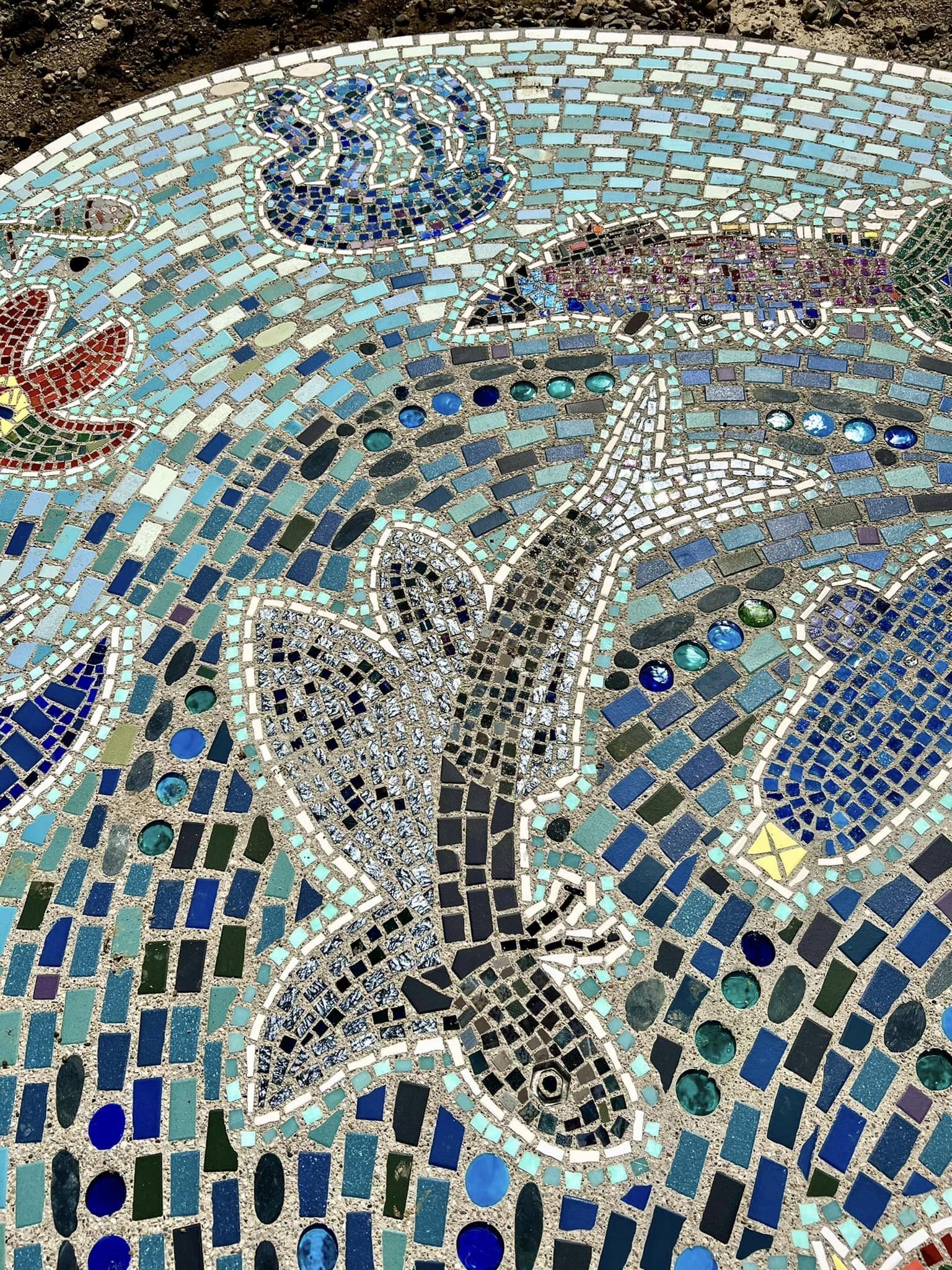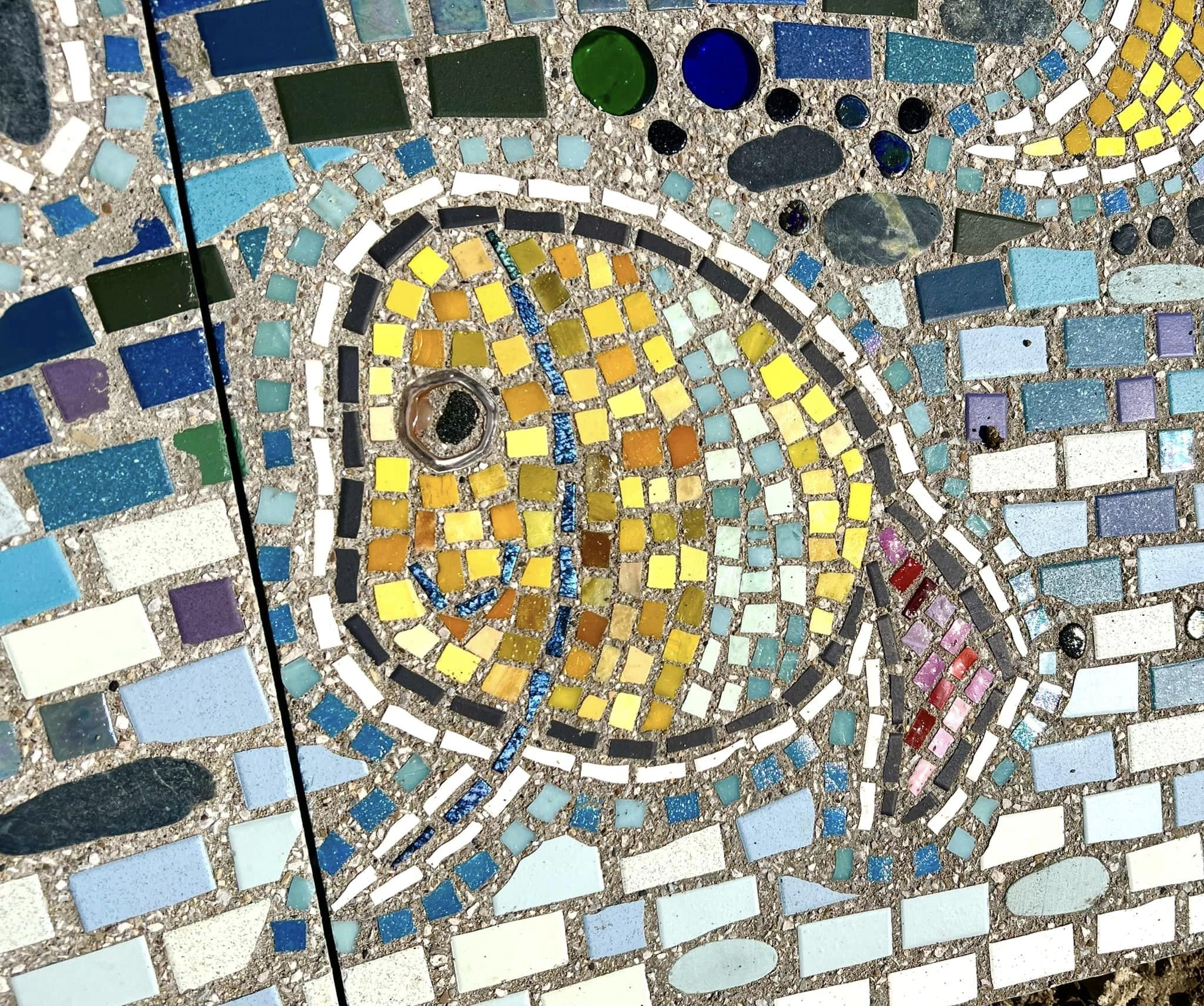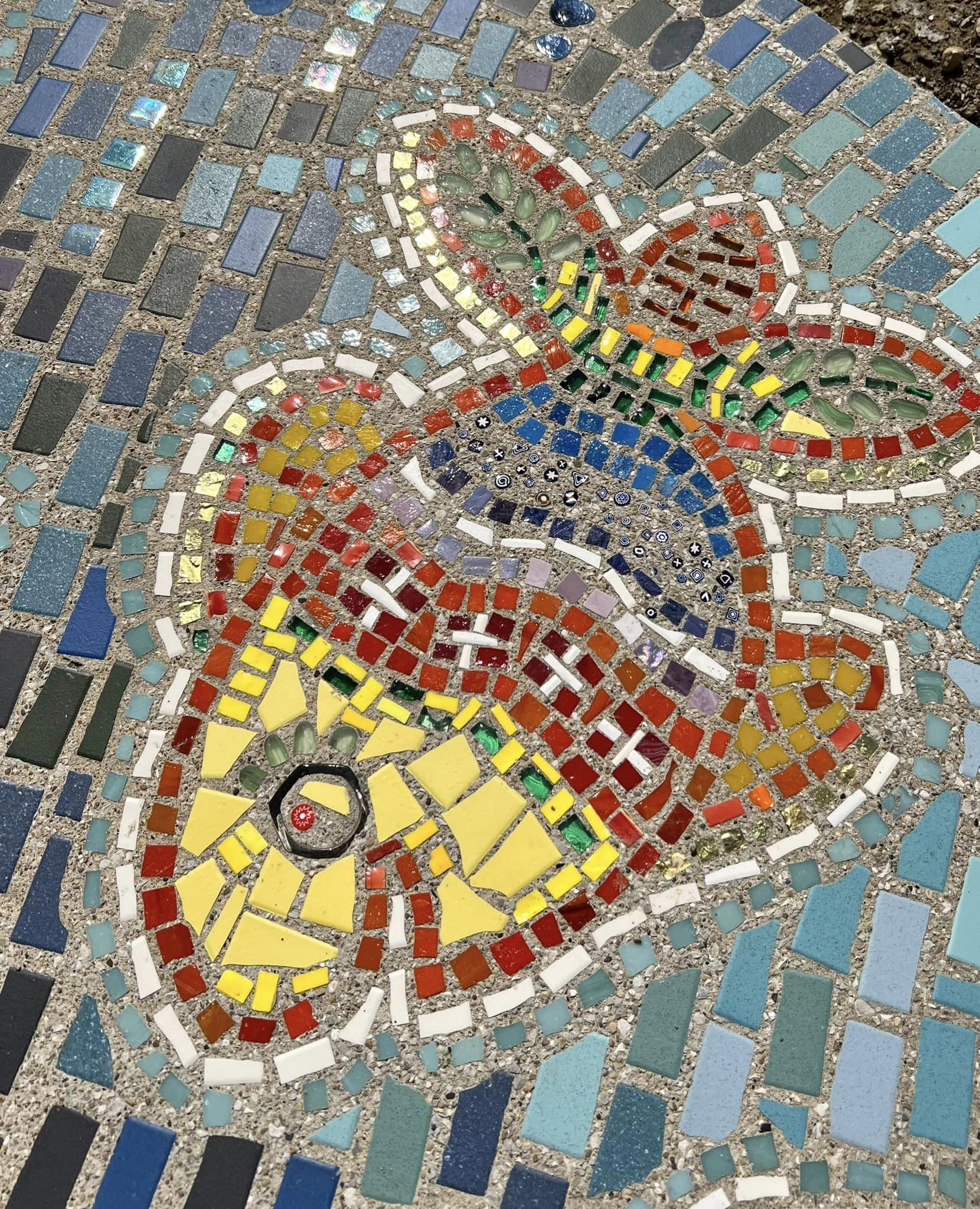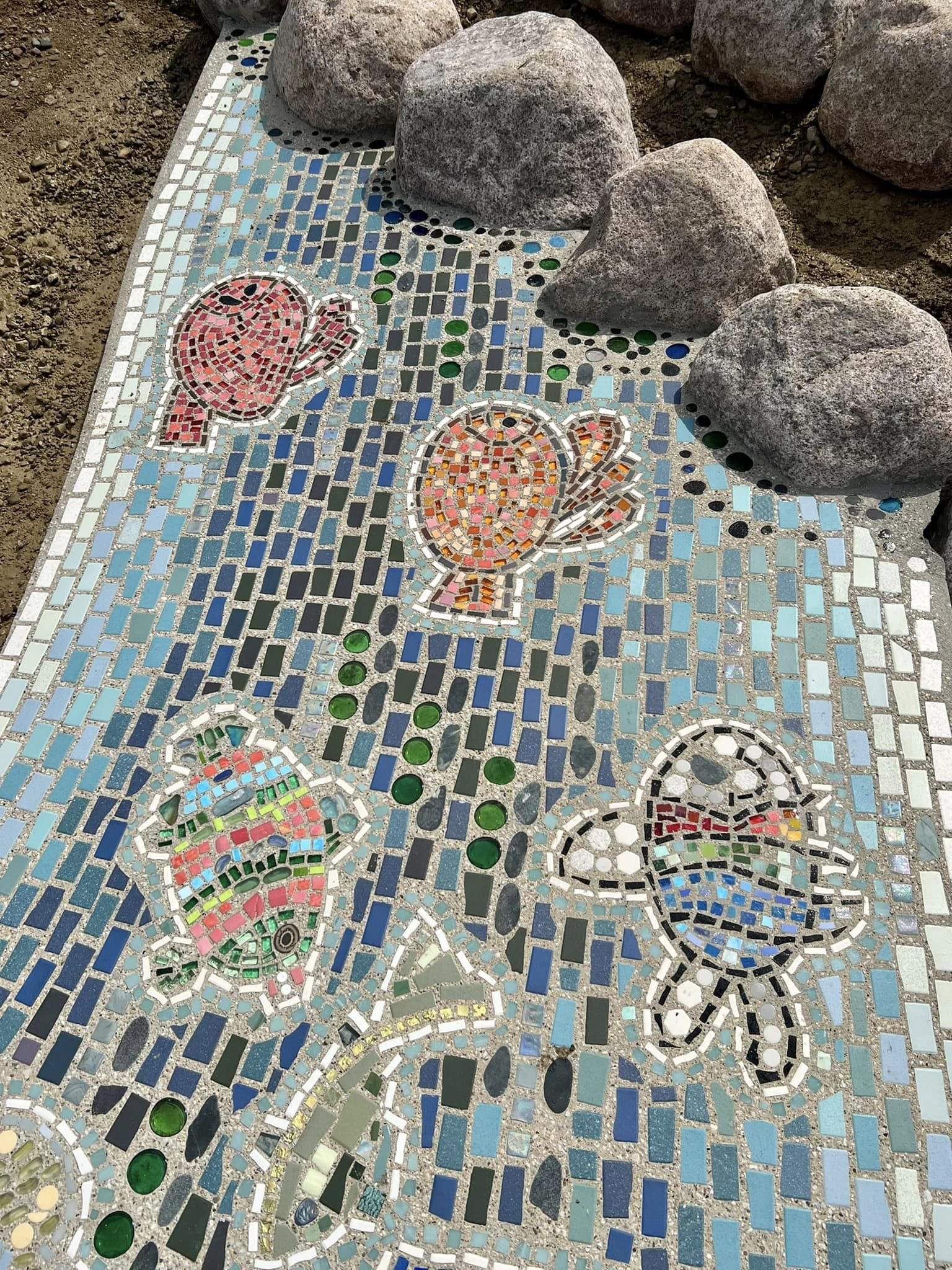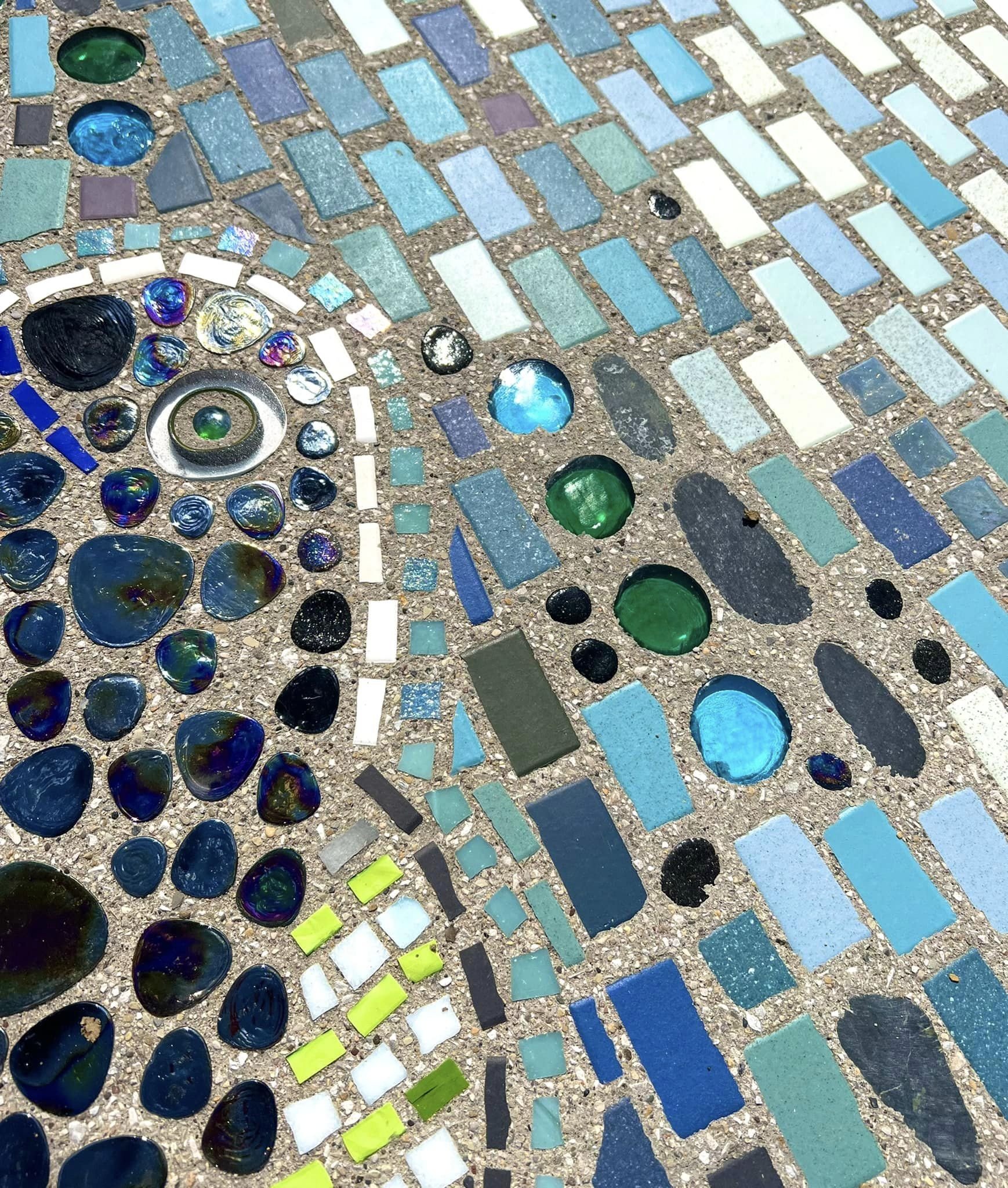Featured System:
Project Type:
Colene Hoose Elementary School
Project location: Normal, Illinois
Awards: 2023 ASCC Awards - 1st Place Concrete Artistry & 2023 ASCC Awards - 2nd Place - Cast-in-Place Special Finishes
Colene Hoose Elementary School (CHES) is a public elementary school located in Normal, Illinois and will be home to a world Class natural playground thanks to a generous $5 million donation from a former student, billionaire Charlie Jobson, who donated to the school in honor of his parents who lived in the community for 40 years.
A natural playground integrates play spaces into the surrounding environment. Rather than traditional playground equipment, the design often incorporates elements of nature, like rocks, trees, and water. Children are encouraged to develop creative interactions with nature rather than be guided by prescribed activities. The playground at CHES will be the largest adventure playground in America.
According to Jobson, “Not only does my family have deep roots in the community, but I believe natural playgrounds deepen our connection to nature and are vital for the health of our kids. So, I truly hope this project sets a new standard for school and community playgrounds in Normal and helps to inspire better parks and playgrounds across the US.”
The playground at CHES is based on a design by Helle Nebelong, a world-renowned landscape architect based in Copenhagen who is regarded as a pioneer in the field of natural play and has designed playgrounds and sensory gardens throughout Europe. Construction is led by Bienstock Natural Playgrounds based out of Canada.
Helle’s design for the Rainbow River came from a question that she asked the CHES students which was “If you were a fish, what would you look like?”. More than 300 students reflected on that and submitted their unique and diverse drawings.
We were brought on board to install the Lithomosaic art piece known as the “Rainbow River” and worked with Lithomosaic artist Robin Brailsford who fabricated the Lithomosaic based on her interpretation of the student’s drawings. The fish were made using glass, porcelain, and specialty stone pieces in various colors to make each of the fish portraits stand out from the surrounding “water” which was made using porcelain in a range of blues, whites, and cream color along with round glass marbles in various colors to simulate bubbles.
.
Lithomosaics by: Robin Brailsford & Wick Alexander


